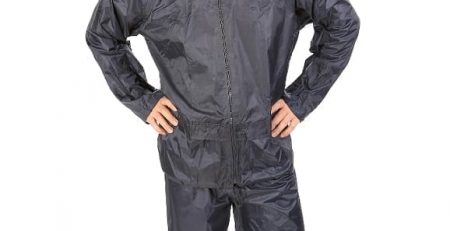Teaching Paraplegics to Move Again with Virtual Reality
The same international research consortium that is responsible for designing the brain machine interface (BMI) that allowed 29-year-old Juliano Pinto (who faced complete paralysis below the chest, according to Quartz) to kick off the opening match at the FIFA World cup in 2014 is at it again.
In a report published in Scientific Reports, members of the Walk Again Project (WAP) outline a study in which all eight paralyzed participants have already gained some motor control.
According to Quartz, to regain movement, patients were first placed in virtual reality environment where they learned to use brain activity to control an avatar version of themselves and make it walk around. Researchers used Oculus Ritft in addition to a long sleeve shirt which provided haptic feedback to the patients’ forearms, stimulating the sensation of touching the ground. “The arms were treated as phantom limbs,” Quartz reports, “substituting for the legs, fooling the brain into feeling like the patient was walking.”
“When we look at the brains of these patients when they got to us, we counldn’t detect any signal when we asked them to imagine walking again. There was no modulation of brain activity,” Dr. Miguel Nicolelis, the lead researcher from Duke University said in a Scientific Reports call and reported by Quartz. “It’s almost like the brain had erased the concept of moving by walking.”
After the brain reacquired the notion of walking, each patient was fitted to a custom-designed exoskeleton. Similar to the BMI used by Pinto, when the patients thought about walking, the computer activated the exoskeleton. By “walking” in the exoskeleton an hour a day, patients were “able to rekindle their remaining nerves to send signals back to the brain, and reactivate some voluntary movement and sensitivity.
While each patient had a different recovery period, all participants were able to feel sensation again in the pelvic region and lower limbs, and also learned to control some of their muscles, and bladder and bowel movements.
Read more at Duke Today.














